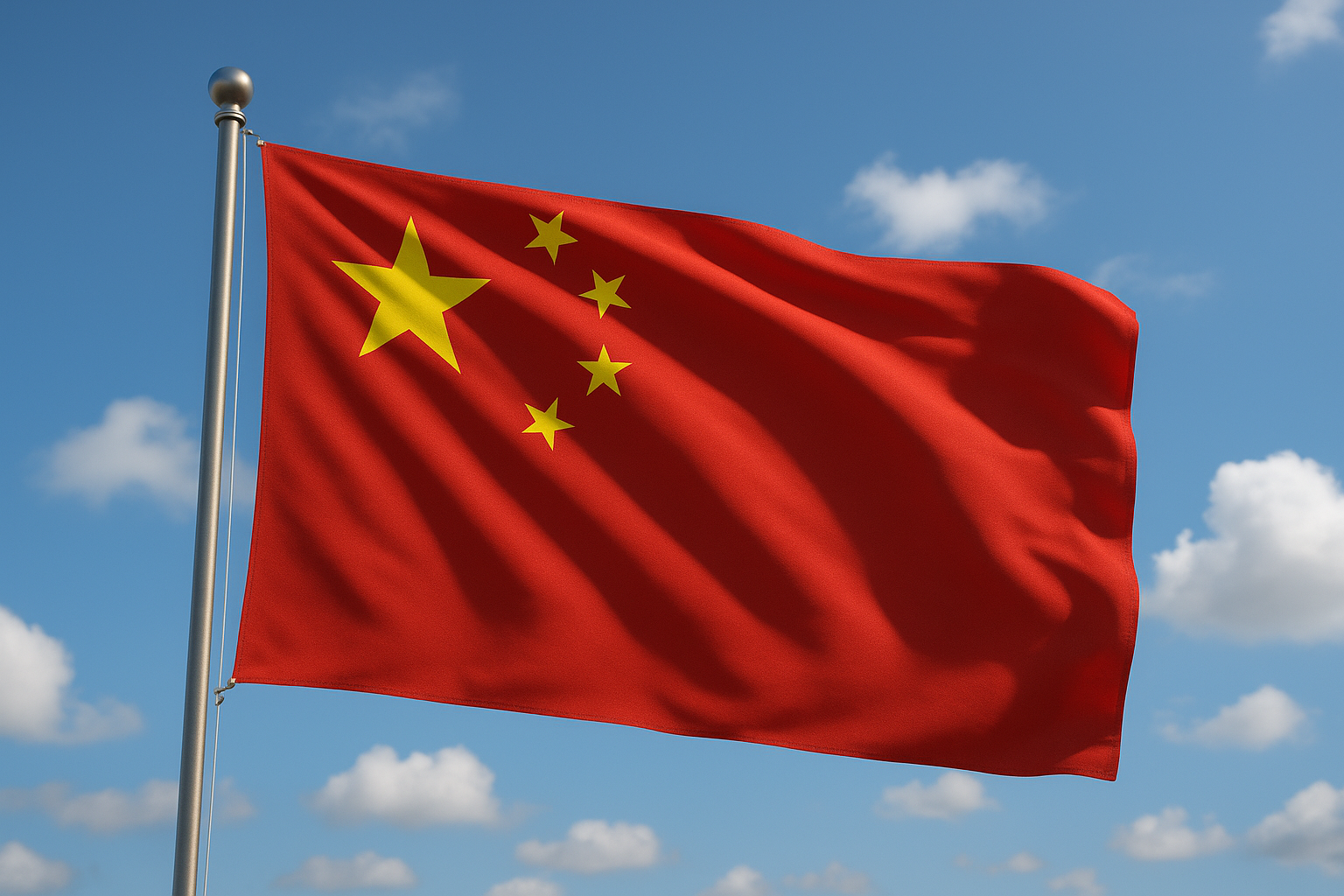Trump effect on financial markets
Analysis of the shocks that impacted the weekly dynamics of commodity prices
Published by Luca Sazzini. .
Conjunctural Indicators Commodities Financial WeekDonald Trump's victory has increased financial market volatility, producing effects of varying intensity and direction across different asset classes.
In the U.S. stock market, the election outcome supported the price increase that began on Tuesday.
Below is the chart of the S&P 500, the stock index representing the 500 largest publicly traded companies in the United States, weighted by market capitalization.
Historical Series of the S&P 500

Conversely, in the commodity financial markets, the result of the U.S. elections had a negative impact on industrial metal prices with intraday declines on Tuesday and a significant reduction the following day. The reasons behind the temporary drop in prices were multiple:
- the appreciation of the U.S. dollar;
- expectations of a slowdown in the energy transition by the United States, which could reduce demand for non-ferrous metals essential for renewable energy technology production;
- tariff increase concerns, which could lead to lower prices due to reduced demand from the U.S. and exports from the rest of the world to the U.S.
Despite the pressures from these factors, industrial metal prices remained relatively stable on a weekly basis.
Positive signals from the Chinese economy, especially from export data and the services sector PMI, helped to contain fluctuations in financial metal prices.
Additional support came from the anticipated new fiscal measures from the Chinese government, discussed at the National People's Congress Standing Committee meeting. At Friday's meeting, Chinese legislators approved an increase in the debt limit for local governments to stimulate economic growth and help local administrations manage debt-related risks. However, this news did not fully meet investor expectations, who hoped for more decisive measures, especially in light of the U.S. presidential election results.
In the energy market, there was a price increase driven by two shocks: the OPEC decision to delay a one-month increase in oil supply and Hurricane Rafael in the Gulf of Mexico, which temporarily halted U.S. oil and natural gas production.
The food market also experienced a general increase in price levels. In particular, the price of soybeans rose due to increased Chinese imports, likely tied to concerns over future trade wars between the United States and China.
FED Monetary Policy
At the November FOMC meeting, the Federal Reserve (FED) cut interest rates by 25 basis points, in line with analyst expectations.
During the press conference, Chairman Powell stated that, at least in the short term, the U.S. election outcome would not impact upcoming monetary policy decisions. Instead, the variables to be closely monitored are U.S. inflation and labor market conditions.
Despite the recent rate cut, the FED chairman believes current monetary policy remains restrictive.
If the U.S. economy continues to show strength, the FED will slow down the pace of easing the current restrictive measures. Conversely, if there are significant surprises on the disinflation front or a marked weakening of the labor market, the FED will respond promptly with expansionary monetary policies.
Signs of Recovery in the Chinese Economy
Growth in Chinese Exports
In October, Chinese exports grew 12.7% year-on-year, exceeding analyst expectations. Growth was driven by price declines and the real effective exchange rate, which supported China's market share expansion.
Potential trade tariffs imposed by the Trump administration could negatively impact Chinese exports to the U.S. starting in the second quarter of 2025. In the short term, however, there might be an increase in exports as operators anticipate orders to avoid future trade tariffs.
Growth in Services PMI
This week, new data on Caixin's Purchasing Managers Index (PMI) for services in October was released, reaching 52 points, up from 50.3 in September.
The Caixin services PMI data largely surprised analyst expectations (50.5) and indicated stronger growth compared to last week's NBS data (which increased from 49.9 to 50.1).
ENERGY
The PricePedia financial index for energy products rose due to OPEC's decision to delay the oil supply increase and the presence of Hurricane Rafael, which temporarily disrupted oil and natural gas production in the Gulf of Mexico.
PricePedia Financial Index of Energy Prices in Dollars

The energy heatmap shows a generalized increase in energy prices, especially for liquefied propane and European natural gas.
HeatMap of Energy Prices in Euros

PLASTICS
The PricePedia index for plastics and elastomers in the Chinese market shows a decline following Trump's election, then partially recovered.
PricePedia Financial Index of Plastics Prices in Dollars

FERROUS METALS
Financial indices for ferrous metals maintain relative price stability.
PricePedia Financial Index of Ferrous Metals Prices in Dollars

The ferrous metals heatmap indicates a slight general increase in prices.
HeatMap of Ferrous Metals Prices in Euros

Do you want to stay up-to-date on commodity market trends?
Sign up for PricePedia newsletter: it's free!
INDUSTRIAL NON-FERROUS
The financial indices for industrial non-ferrous metals show some fluctuations that do not significantly alter price levels.
PricePedia Financial Indices of Dollar Prices for Industrial Non-Ferrous Metals

The heatmap below highlights a slight increase in non-ferrous metal prices.
HeatMap of Non-Ferrous Prices in Euros

FOOD
The three financial indices for food close the week with a rise in prices. Notably significant was the rise in the oils index.
| PricePedia Financial Indices of Dollar Prices for Food | |
| Cereals and Oils | Tropical Foods |

|

|
CEREALS
The cereals heatmap highlights an increase in the price of corn and soybeans, alongside a drop in oats prices.
HeatMap of Cereal Prices in Euros

Tropical Foods
The heatmap indicates a weekly increase in the moving average of coffee prices.
HeatMap of Tropical Food Prices in Euros

OILS
The heatmap analysis reveals a strong increase in the prices of palm oil and soybean oil.
HeatMap of Edible Oil Prices in Euros



